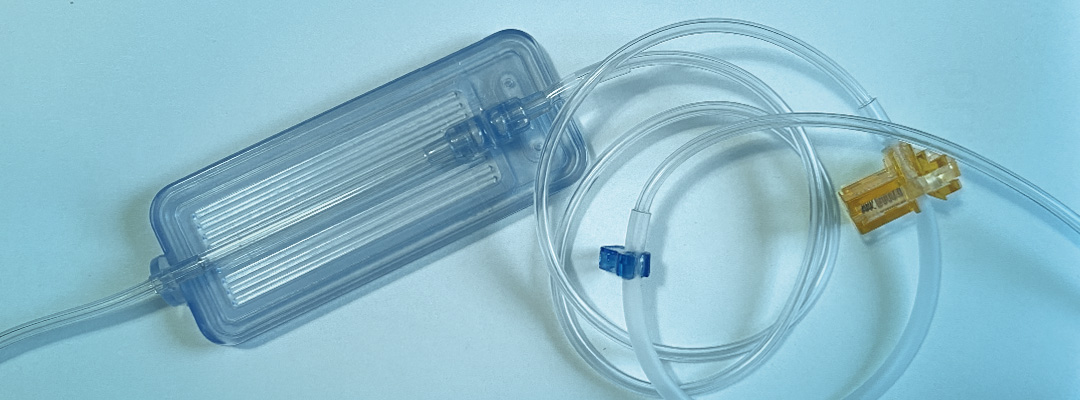CLINICAL EDUCATION SERIES
The American Society for Parenteral and Enteral Nutrition (ASPEN) recently issued a position paper titled: Update on the Use of Filters for Parenteral Nutrition: An ASPEN Position Paper. The paper abstract states:
Intravenous in-line filters play a critical role in promoting patient safety during parenteral nutrition (PN) administration. Guidelines for using filters for PN have been issued by a number of professional organizations and manufacturers of PN components. Yet despite this guidance, filter use remains controversial. Recent changes in recommendations for filtering lipid injectable emulsions have added to confusion and created considerable variation in practice. This Position Paper aims to review past guidance regarding the filtration of PN, examine the clinical consequences of infusing particulate matter, discuss the challenges and issues related to filtration, and clarify the American Society for Parenteral and Enteral Nutrition (ASPEN) recommendations for the use of filters for PN administration.
This paper highlights the most current research in filter usage, including the usage of filters for the primary purpose of filtering particulates. To eliminate confusion and workarounds, ASPEN now recommends using a 1.2 micron filter for all parenteral infusions.
If you are a clinician that routinely infuses parenteral nutrition, reading this position paper can help gain knowledge on the harmful effects of particulates and summarizes the current evidence-based practices to safely administer parenteral nutrition.
The entire paper can be read on the ASPEN Journals Website.

Clinical Training Specialist
Complete this form and our clinical team will contact you soon to answer your questions and provide related information and updates.
If you are experiencing issues with any of our products, please contact us using our customer support form instead.
